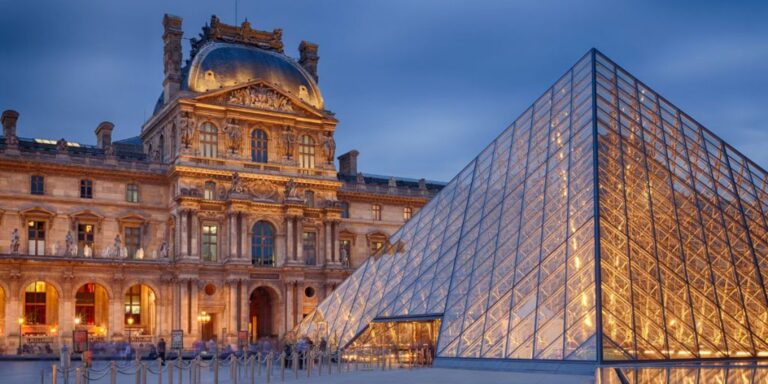Every item on this page was chosen by a Veranda editor. We may earn commission on some of the items you choose to buy.

Getty Images
Musée Rodin in Paris
 Sylvain Sonnet//Getty Images
Sylvain Sonnet//Getty Images
The celebrated sculptor Auguste Rodin spent his final years at Hôtel Biron, surrounded and inspired by its verdant gardens. In a grand gesture, Rodin bequeathed his entire collection of works and possessions to the French state, which then acquired the property and transformed it into Musée Rodin in 1919. Visitors today can wander the very grounds that sparked Rodin’s imagination and view iconic sculptures such as The Gates of Hell and The Thinker.
Yves Saint Laurent Museum in Marrakesh
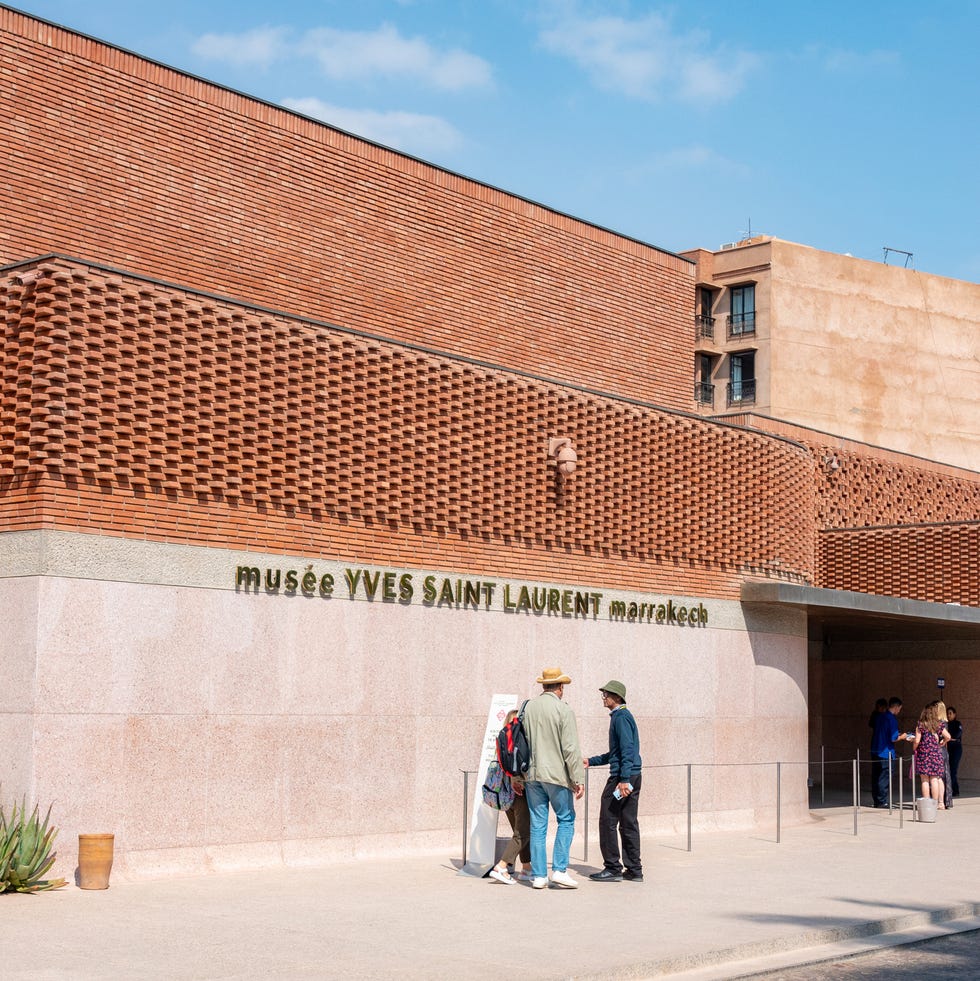 Moonstone Images//Getty Images
Moonstone Images//Getty Images
Just a stone’s throw from Jardin Majorelle, the Yves Saint Laurent Museum houses an exquisite collection of haute couture garments, accessories, and sketches from the esteemed fashion designer. This museum stands as a tribute to Saint Laurent’s enduring legacy and his love for Marrakesh—a city that inspired many of the creations that graced the runway.
On the first floor, the library and study room feature a significant collection of 5,000 volumes on botany, fashion, and Moroccan culture— much of the collection was owned by Yves Saint Laurent and his partner, Pierre Bergé.
Centre Pompidou in Paris
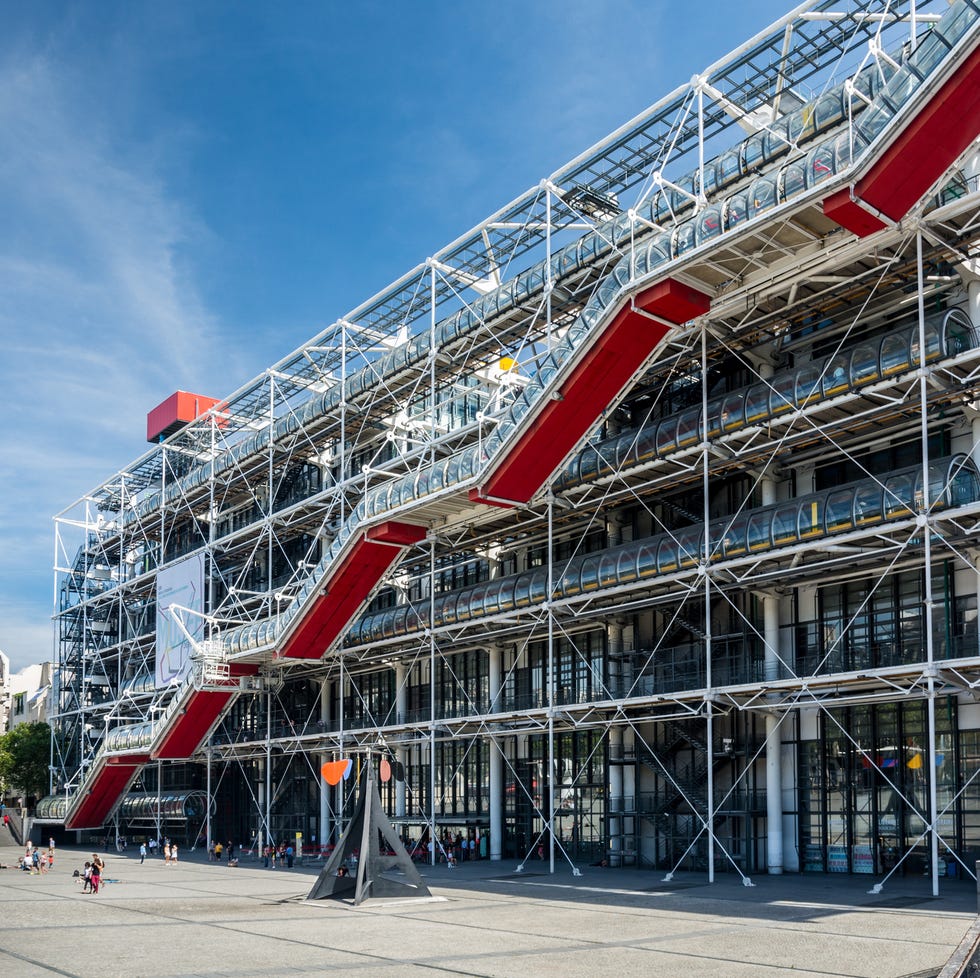 Michael Mulkens//Getty Images
Michael Mulkens//Getty Images
Amid the classic Haussmann-style buildings of Paris stands the daring Centre Pompidou, a striking museum made of industrial pipes and sheer glass. Known by locals as Beaubourg, this epicenter of contemporary art has remained the talk of the town since its inauguration in 1977. With over 100,000 works, the museum boasts an impressive array, featuring pieces from the renowned French artist Yves Klein and Jean Dubuffet’s The Winter Garden.
Advertisement – Continue Reading Below
Vatican Museums in Vatican City
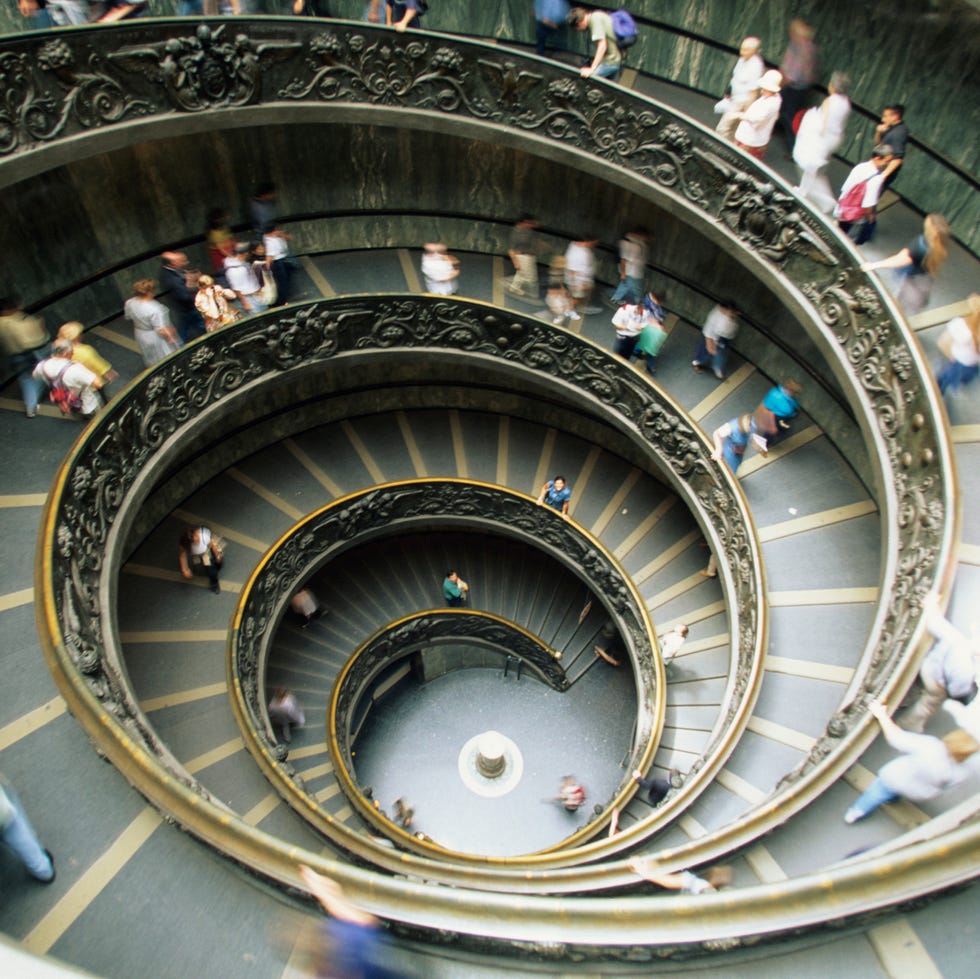 Karl Weatherly//Getty Images
Karl Weatherly//Getty Images
The Vatican Museums encompass a collection of galleries, chapels, and museums located within Vatican City, showcasing art collected and commissioned by the Catholic Church over centuries. The crowning jewel is the Sistine Chapel, home to Michelangelo’s awe-inspiring ceiling frescoes and The Last Judgment. Additionally, the Raphael Rooms on the second floor of the Pontifical Palace feature the masterful frescoes of the Renaissance master.
Musée D’Orsay in Paris
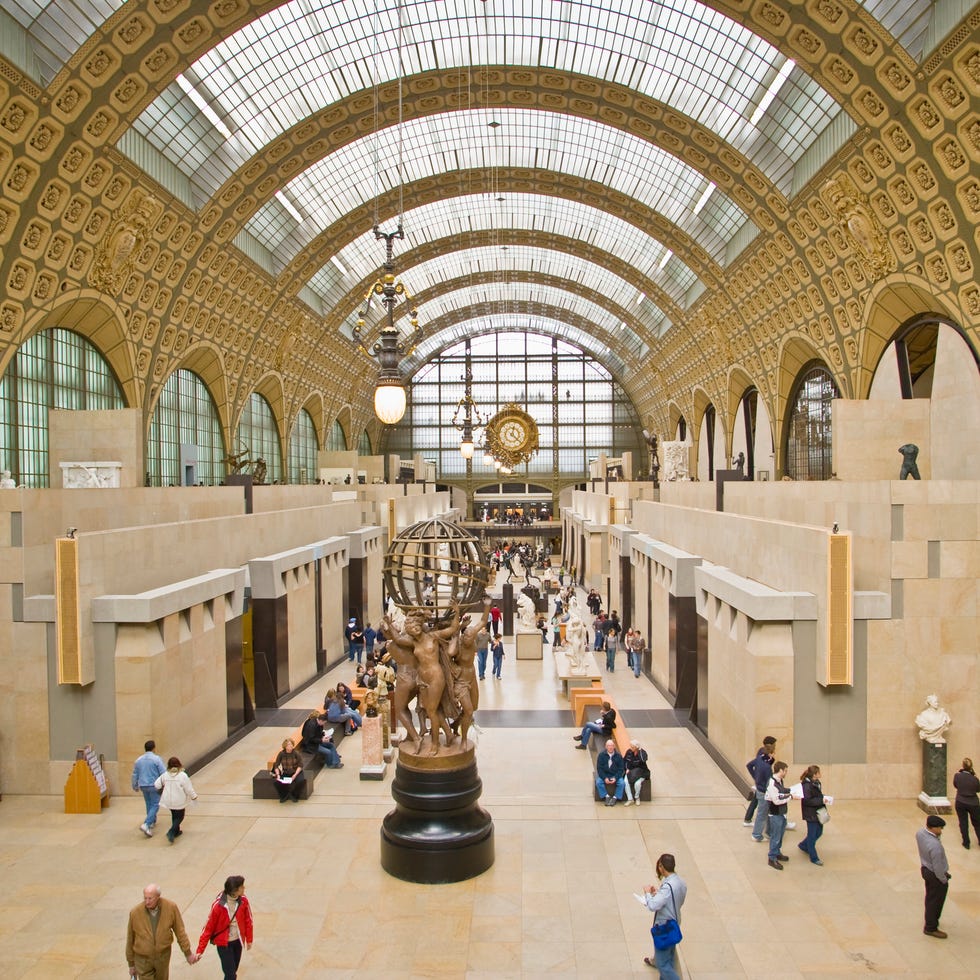 Atlantide Phototravel//Getty Images
Atlantide Phototravel//Getty Images
The Musée D’Orsay, once a railway station, houses an internationally renowned collection of Impressionist art and other Western pieces from 1848 and 1914. Architect Victor Laloux built the original magnificent structure in 1900 to welcome visitors to the World’s Fair. After its closure in 1939, the Beaux-Arts station remained in a state of disuse until President Valery Giscard authorized renovations on the historic building in the late 1970s.
Inaugurated in 1986, the white limestone walls are now home to some of the most notable artworks in France, paintings by Paul Gauguin and Edouard Manet.
Museo Reina Sofia in Madrid
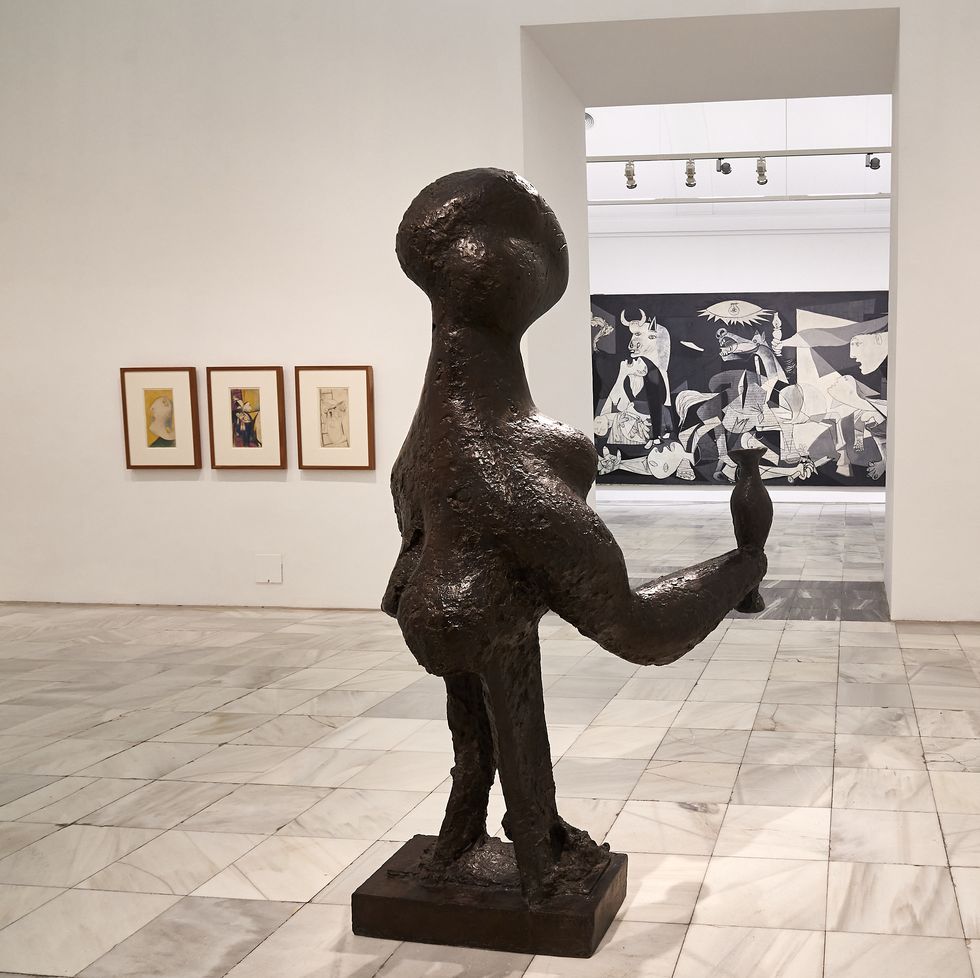 Carlos Alvarez//Getty Images
Carlos Alvarez//Getty Images
Since its inception in 1990, the Museo Reina Sofia has always been viewed as a cultural center where art retells the history of Spain and gives insight into its future. The 20,000-piece collection focuses primarily on Spanish artists from the 20th century, but you’ll find a number of groundbreaking pieces from international artists like Vasily Kandinsky and Sarah Grilo.
The star of the museum is Pablo Picasso’s Guernica, a powerful oil painting depicting the horrors of the Spanish Civil War. Reina Sofia’s other signature exhibition of includes the works of Salvador Dalí.
Advertisement – Continue Reading Below
The Musée du Louvre in Paris
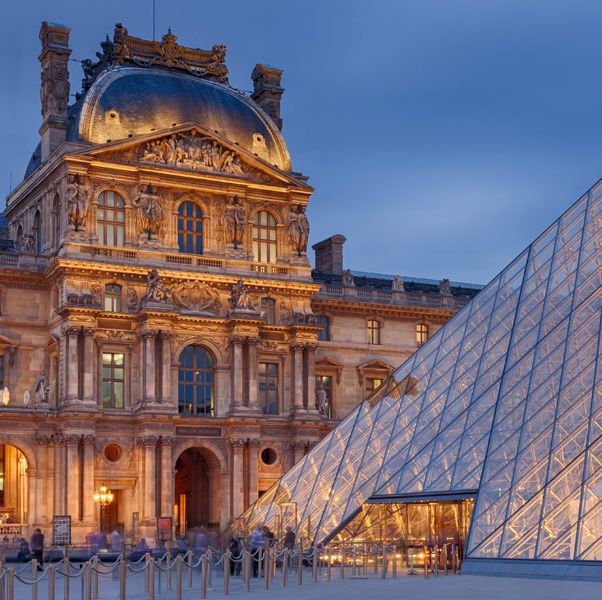 Enzo Figueres/Getty
Enzo Figueres/Getty
The Musée du Louvre has way more to offer than just Leonardo da Vinci’s Mona Lisa. King Philip II ordered the construction of a fortress in 1190 to protect Paris. During the 16th century, the Louvre served as a royal palace for the monarchy until King Louis XIV moved the royal residence to Versailles. The National Assembly opened the Louvre as a museum in 1793, starting its legacy as the world’s largest art museum. The Winged Victory of Samothrace and Psyche Revived by Cupid’s Kiss are just a few of the nearly 380,000 works of art within the Louvre.
Apartheid Museum in Johannesburg
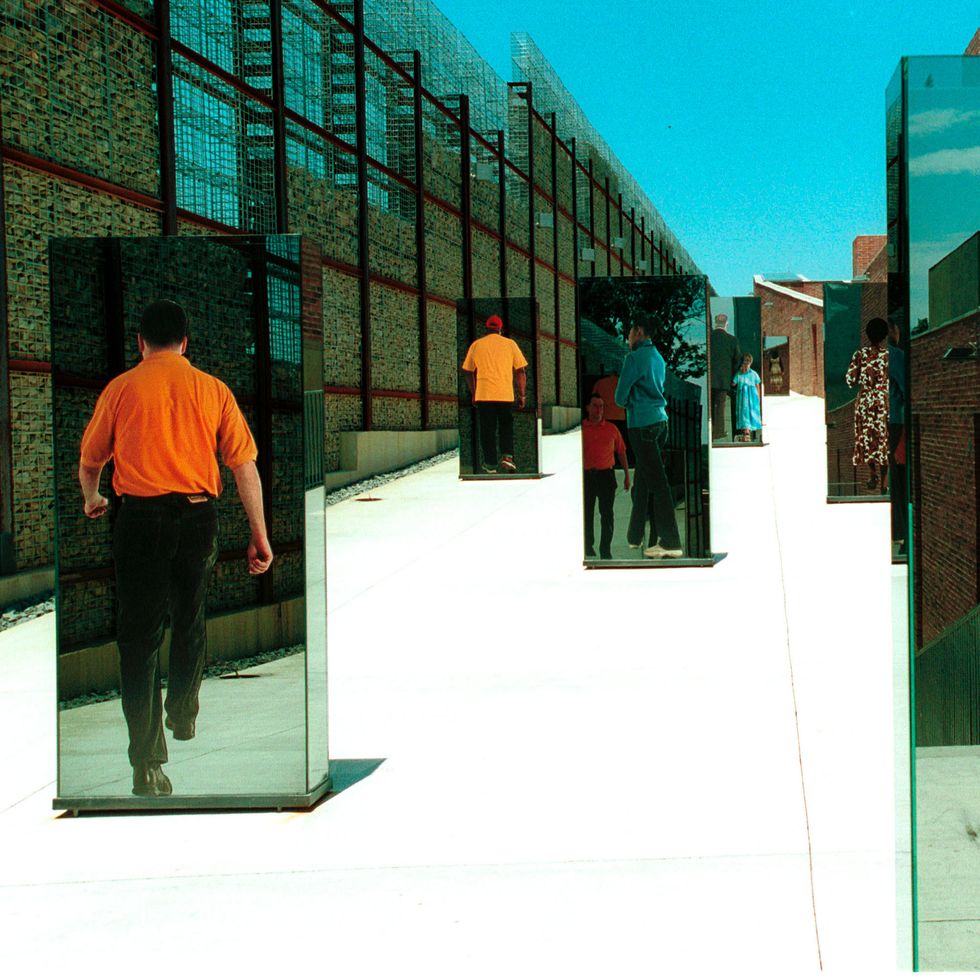 Per-Anders Pettersson//Getty Images
Per-Anders Pettersson//Getty Images
Since its opening in 2008, the Apartheid Museum has been regarded as one of the most informative museums in South African history. The institution’s 21 exhibition halls document the rise and fall of apartheid within the country through film footage, photographs, and artifacts.
Upon arrival, guests are greeted by seven columns detailing the Pillars of the Constitution in the main courtyard. The most striking exhibit details the life and wisdom of Nelson Mandela, the famous revolutionary who served as South Africa’s first president after the end of segregation.
The Museu de Arte de São Paulo
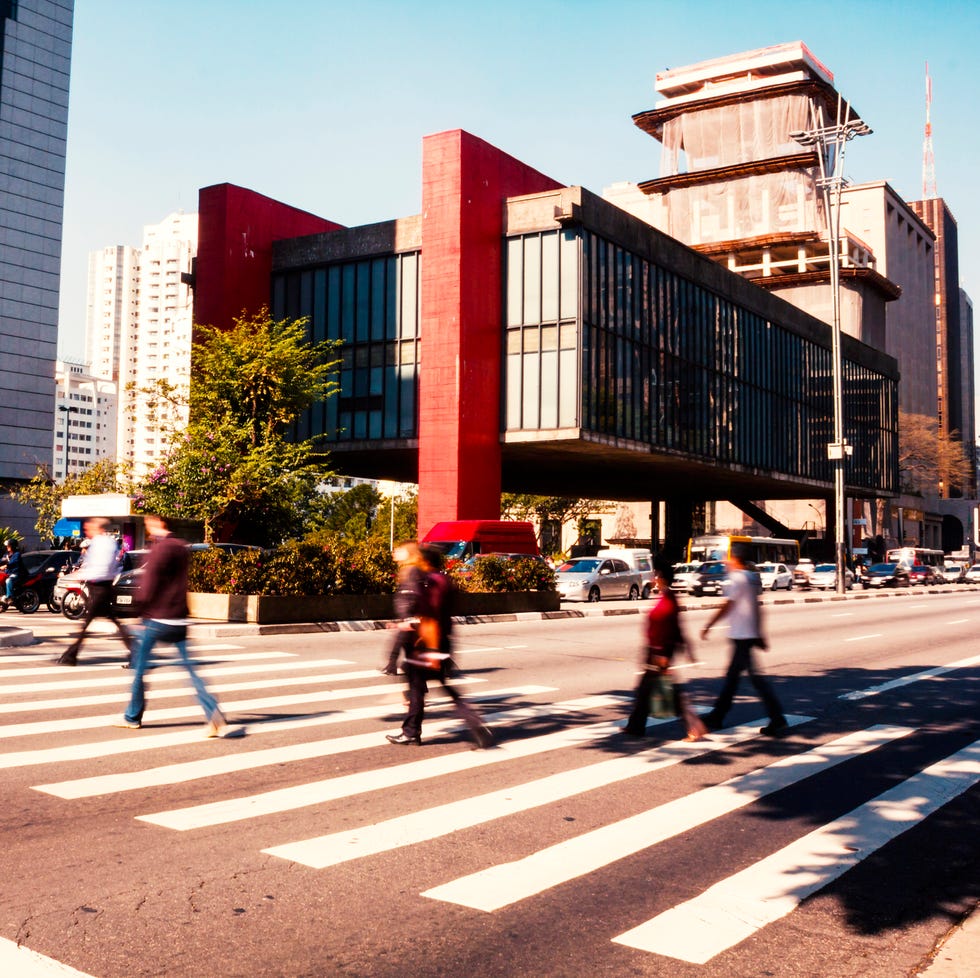 wsfurlan//Getty Images
wsfurlan//Getty Images
Founded in 1947 by Brazilian businessman Assis Chateaubriand, the Museu de Arte de São Paulo (MASP) was the first modern museum in all of Brazil. Originally located on Rua 7 de Abril, the museum’s current glass structure on Avenida Paulista was designed by Lina Bo Bardi in 1968. The award-winning building’s airy appearance is mirrored throughout the exhibition halls as works on crystal easels feel as though they are floating.
Its holdings consist of nearly 11,000 artworks and objects collected from all across the world, including the most important collection of European art in the southern hemisphere.
Advertisement – Continue Reading Below
Louisiana Museum of Modern Art in Humlebaek, Denmark
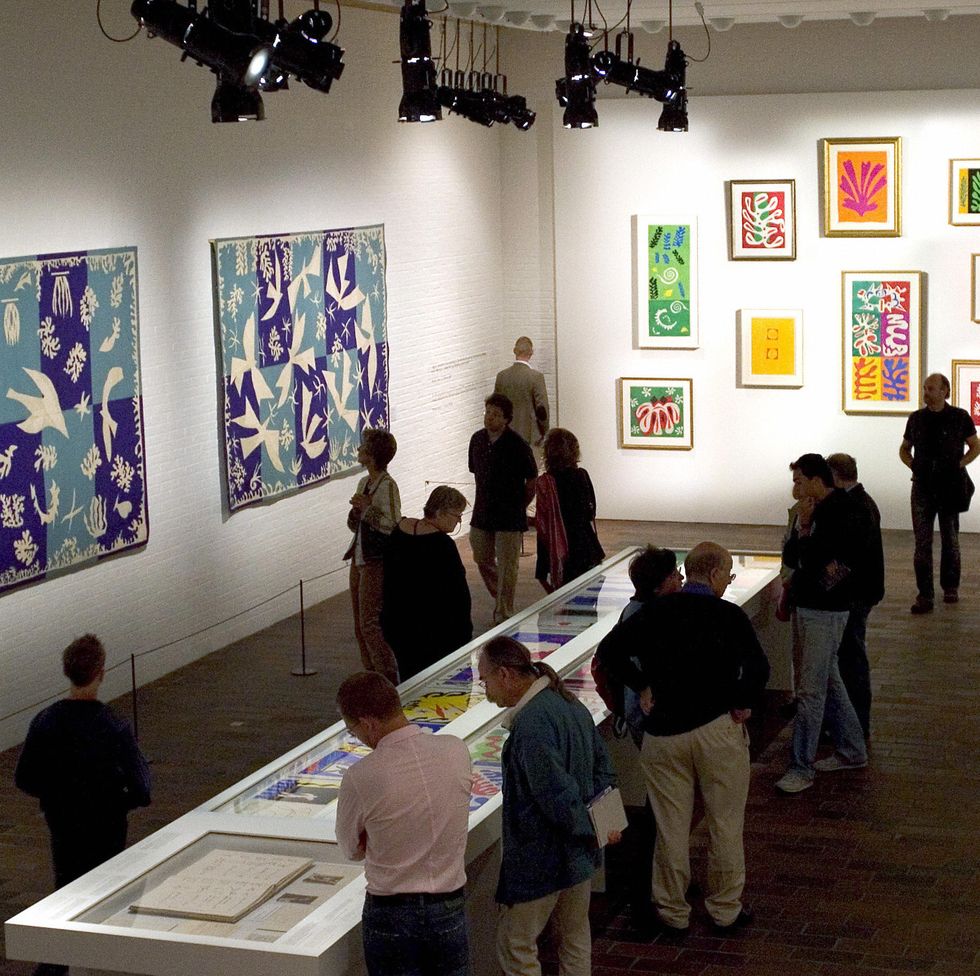 KELD NAVNTOFT//Getty Images
KELD NAVNTOFT//Getty Images
Knud W. Jensen’s vision was clear: he wanted to create a museum where Danish people could see modern art from their peers. Though in the years that followed its 1945 founding, the Louisiana Museum of Modern Art quickly turned into the predominant institution of international modernist art and architecture.
The 4,000-piece collection encompasses works from 1945 to today from an array of styles including eclectic European Nouveau, global Realism, and American Art Pop. The institution’s main principle is not to simply put things out for show, but educate the masses about each work and its impact on society.
National Museum of African American History and Culture in Washington, D.C.
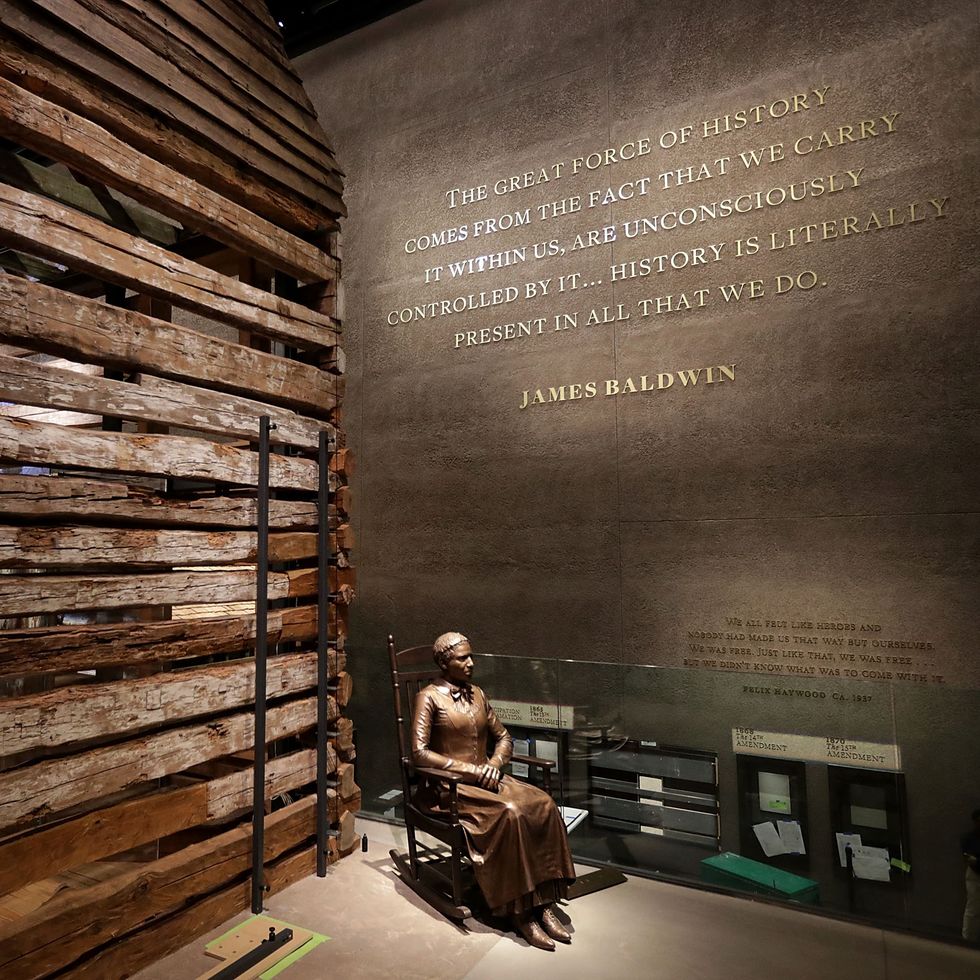 Chip Somodevilla//Getty Images
Chip Somodevilla//Getty Images
The only national museum devoted to the documentation of the African American experience, this Smithsonian institution was inaugurated in 2016. However, the idea of the museum was first proposed more than a hundred years before in 1915 by Black veterans of the Civil War. The initial proposal called for a monument to be erected in the honor of Black soldiers and sailors in the nation’s capital, but debates over funding and site locations kept pushing the project back.
It wasn’t until 2003 when an Act of Congress established the institution and construction plans began. Today, the National Museum of African American History and Culture houses more than 40,000 objects dedicated to African American life, history, and culture.
Museum of Black Civilizations in Dakar, Senegal
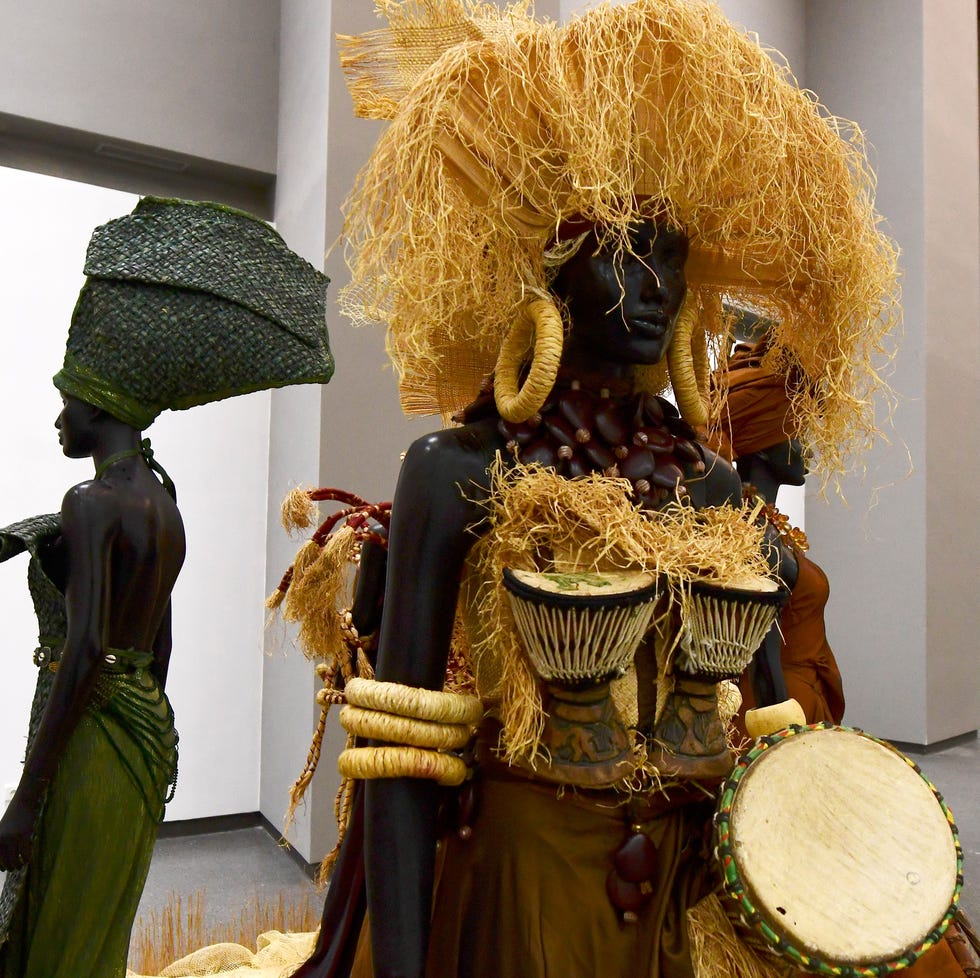 SEYLLOU//Getty Images
SEYLLOU//Getty Images
Inaugurated in 2018, the Museum of Black Civilizations acts as a creative hub for Senegal—and the entire African continent—to celebrate their culture while detailing the struggle that Africans faced throughout history. The museum was the vision of the country’s first president Léopold Sédar Senghor, who vowed to build an institution honoring African art and identity. While Senghor unfortunately passed before the museum opened, his legacy lives on in the curated art selections and striking displays filling the galleries.
The opening of the cultural landmark also spurred a debate amongst the art world, with many scholars calling for museums throughout Europe to return thousands of artifacts looted from Africa during the colonial period.
Advertisement – Continue Reading Below
National Gallery of Canada in Ottawa
 Jonathan McManus//Getty Images
Jonathan McManus//Getty Images
When the National Gallery of Canada was established in 1880, the first exhibition primarily consisted of 19th-century works at the historic Clarendon Hotel in Ottawa. Over 140 years later, a 30-foot bronze spider called the Maman greets visitors at the gallery’s new home designed by architect Moshe Safdie.
The national art museum now houses 75,000 works of art ranging from Canadian and Indigenous pieces to the neoclassicist painting The Death of General Wolfe by Benjamin West.
Museum of the Royal Tombs of Sipán in Chiclayo, Peru
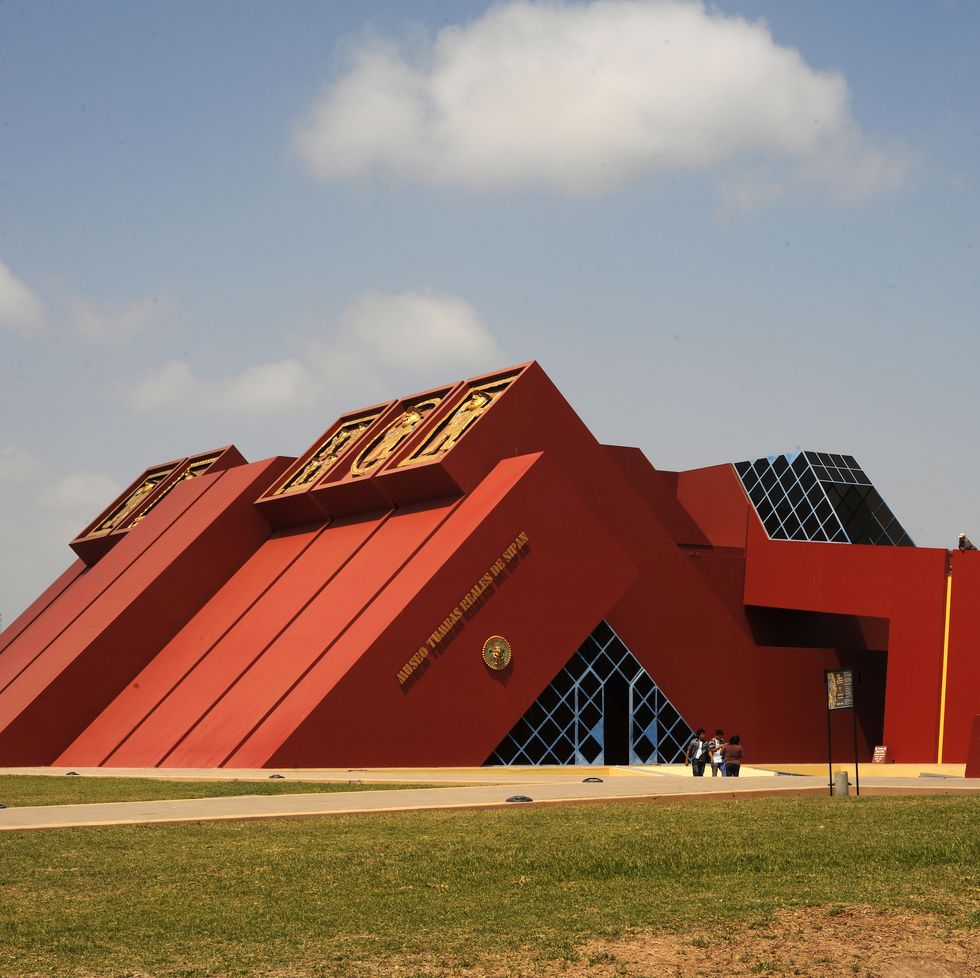 getty images//Getty Images
getty images//Getty Images
In 1987, Peruvian archaeologist Walter Alva was called upon by police to investigate the Moche archaeological site at Sipán, where grave robbers had been looting artifacts. When he began excavating the site, Alva soon found he was not unearthing a few pieces of jewelry and gold, but rather, the tombs of the Lord of Sipán and 14 other members of the Moche civilization.
The Museum of the Royal Tombs of Sipán was built to honor and display what has been considered one of the most important archaeological discoveries in South America. Guests can ogle lavish jewels, regal vessels, and other stunning artifacts of Peru’s ancient community.
The National Art Center in Tokyo
 Jun Sato//Getty Images
Jun Sato//Getty Images
You never quite know what awe-striking sculpture or Japanese masterpiece you’ll find at this impressive institution. The National Art Center prides itself in being an “empty museum,” constantly ushering new exhibitions and collections spread across it’s concrete-and-glass structure designed by Kisho Kurokawa.
Established in 2007, the quirky museum quickly grew in popularity and became a must-see attraction in Tokyo, boasting roughly 2 million visitors each year. Past exhibitions cover a wide range of topics from the Impressionist works of Claude Monet and the impact of anime on Japanese culture to the history of Cartier.
Advertisement – Continue Reading Below
Zeitz Museum of Contemporary Art Africa in Cape Town
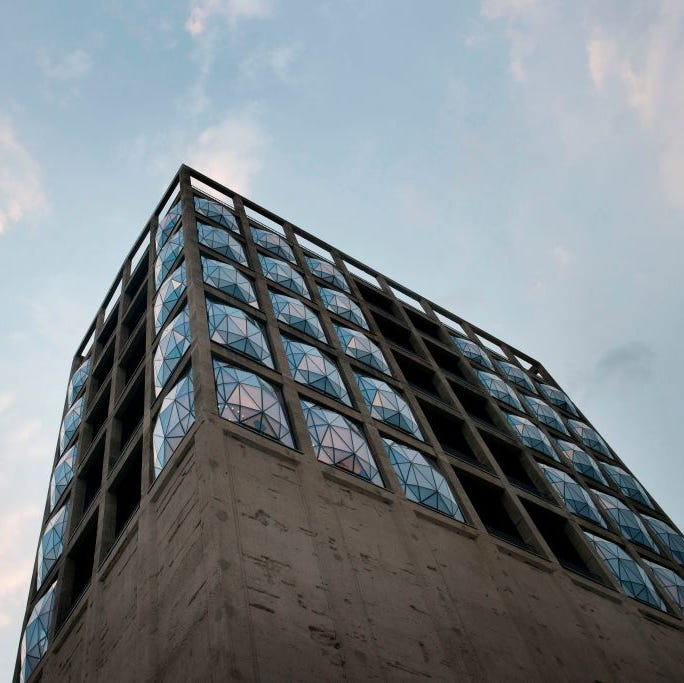 AFP Contributor//Getty Images
AFP Contributor//Getty Images
With the help of design firm Heatherwick Studio, the once-magnolia-yellow, century-old grain silo complex in the heart of Cape Town transformed into a 100-gallery museum of 21st-century art from Africa and its diaspora. Zeitz MOCAA hosts international events and exhibitions to provide an intercultural look into the world of African art. Works from revolutionary artists such as Kudzanai Chiurai of Zimbabwe and Wangechi Mutu of Kenya decorate the nine floors of the museum.
Tate Modern in London
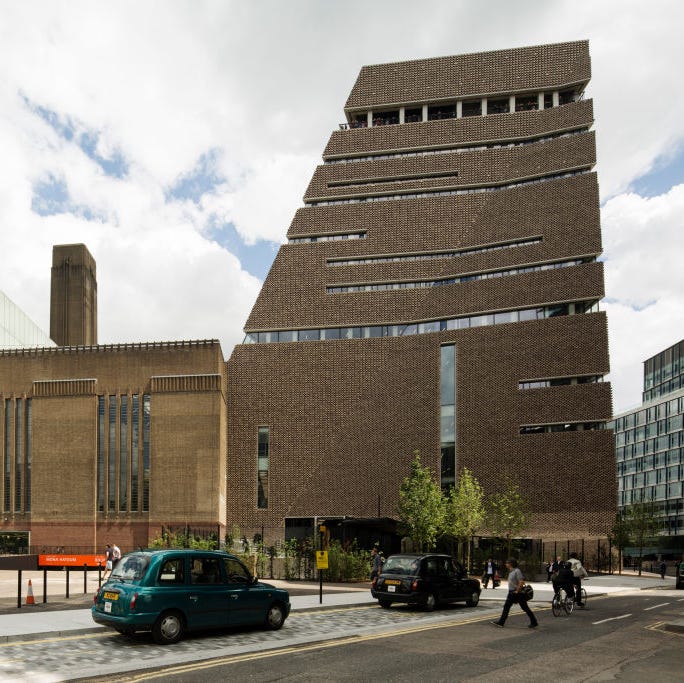 View Pictures//Getty Images
View Pictures//Getty Images
The birth of Tate Modern began in 1889 when Henry Tate, a British industrialist, donated his collection of British 19th-century art and provided funding for the first Tate Gallery. A century later, the Tate Trustees announced the development of an international modern and contemporary art gallery.
Located within the former Bankside Power Station, the gallery showcases groundbreaking works including Marilyn Diptych by Andy Warhol and Nude Woman with Necklace by Pablo Picasso.
The Metropolitan Museum of Art in New York City
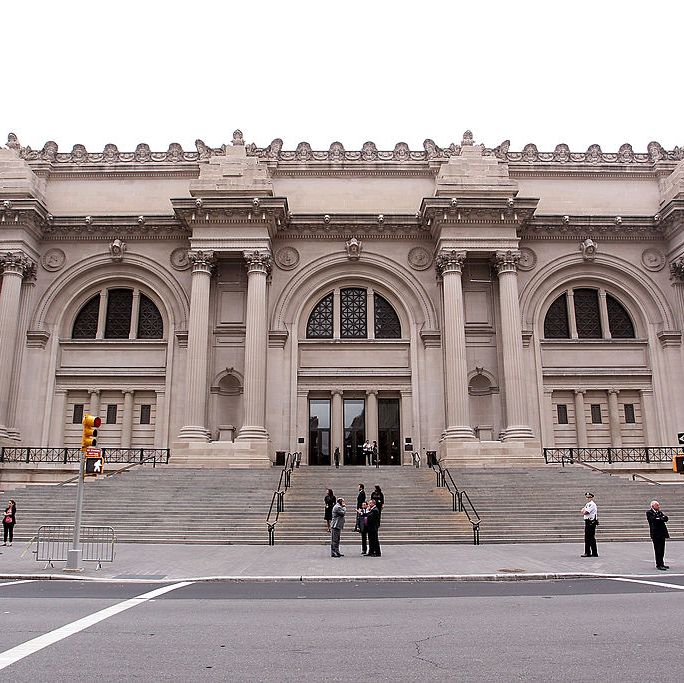 Getty Images
Getty Images
The beginnings of the Metropolitan Museum of Art date back as far as 1866 in Paris, France, where a group of Americans discussed the need to bring art education to the public. On April 13, 1870, the Met opened within the historic Dodworth Building before moving to its permanent location on Fifth Avenue and 82nd Street in 1880.
The museum presents over 5,000 years of artwork, including Islamic art dating back to the seventh century and the well-known Edgar Degas’ painting The Dance Class.
Advertisement – Continue Reading Below
Bangkok National Museum
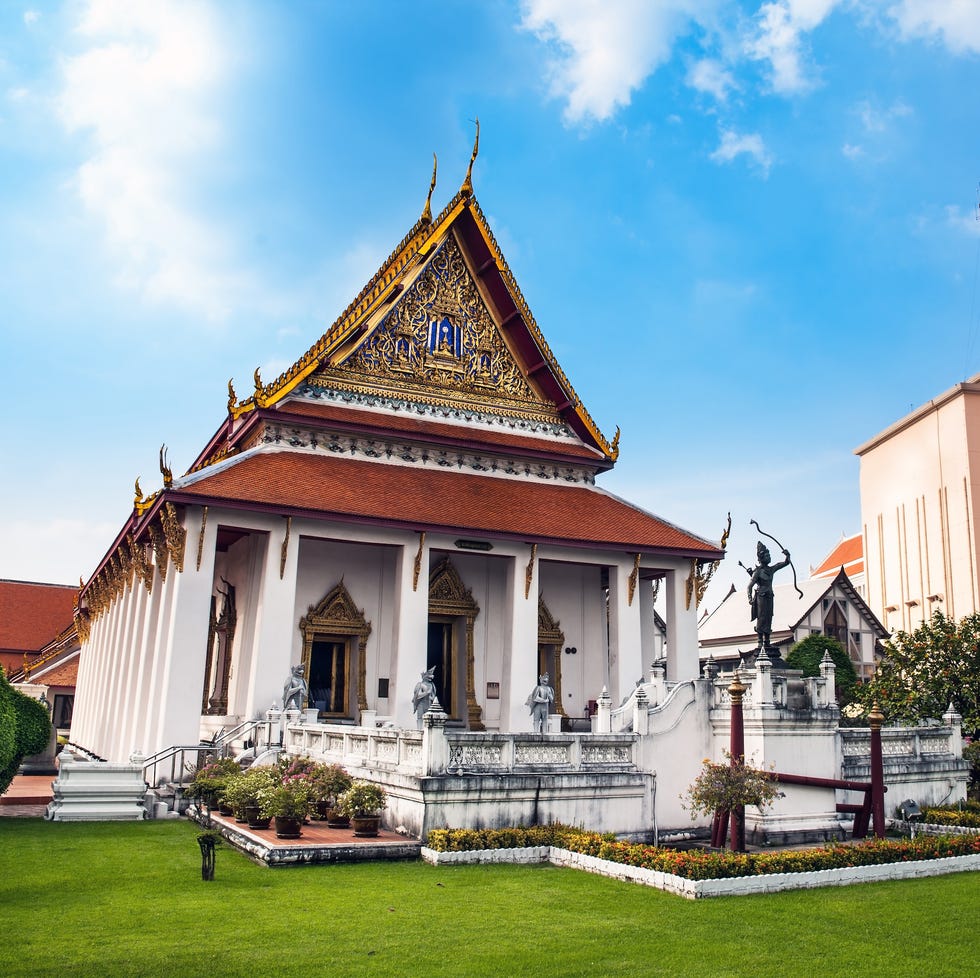 Pipop boosarakumwadi//Getty Images
Pipop boosarakumwadi//Getty Images
The first national museum in Thailand, this Bangkok cultural splendor houses the country’s most extensive collection of Thai artifacts and artwork. The museum’s structures can be traced back to 1782, when they served as the palace of Rama I’s viceroy, Prince Wang Na.
Nearly 100 years later, the grounds were transformed into a museum with three differently themed galleries: a Thai History Gallery, an Archaeological and Art History collection, and a Decorative Arts and Ethnological Collection. In addition to the main collections, guests can discover one of the most revered images of Buddha, Phra Phuttha Sihing, in the Bhuddhaisawan Chapel.
Mauritshuis in The Hague, Netherlands
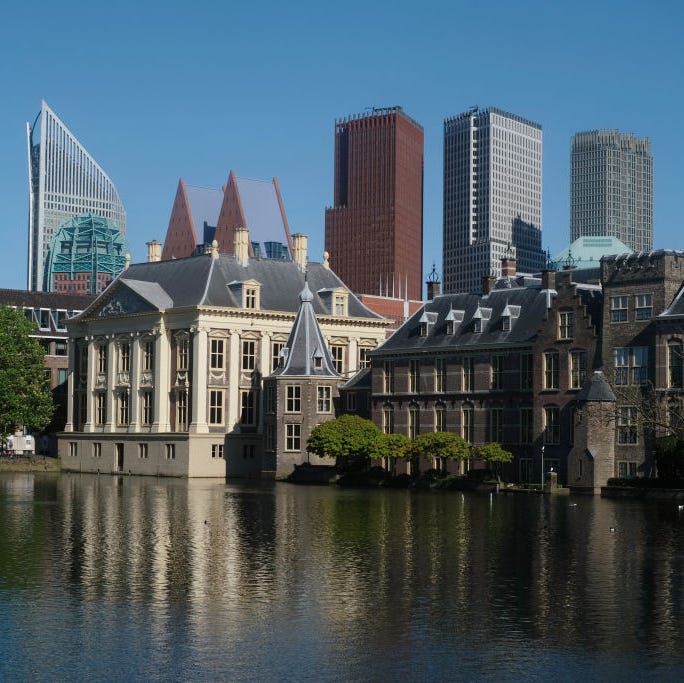 Yuriko Nakao//Getty Images
Yuriko Nakao//Getty Images
Known as the Royal Picture Gallery of the Netherlands, Mauritshuis houses a rare collection of Golden Age paintings from countless Dutch and Flemish artisans. In 1816, King William I offered the collections once owned by his father, stadtholder Prince William V, to the Dutch state, establishing the first national gallery in The Hague. The Mauritshuis’s 841 works of art include Johannes Vermeer’s Girl with a Pearl Earring and Carel Fabritius’ The Goldfinch.
Sarah DiMarco (she/her) is the associate editor at VERANDA, covering all things design, architecture, art, gardens, jewelry, travel, wine and spirits. She also manages social media for the brand.
Watch Next
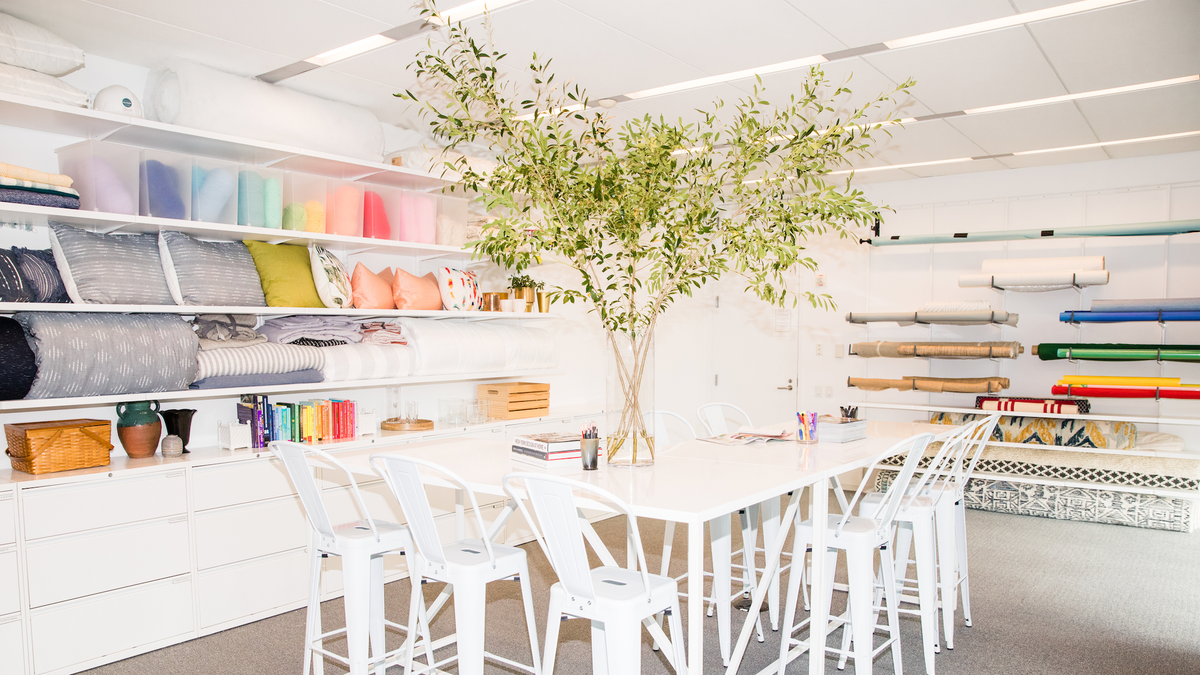
Advertisement – Continue Reading Below
Advertisement – Continue Reading Below
Advertisement – Continue Reading Below

